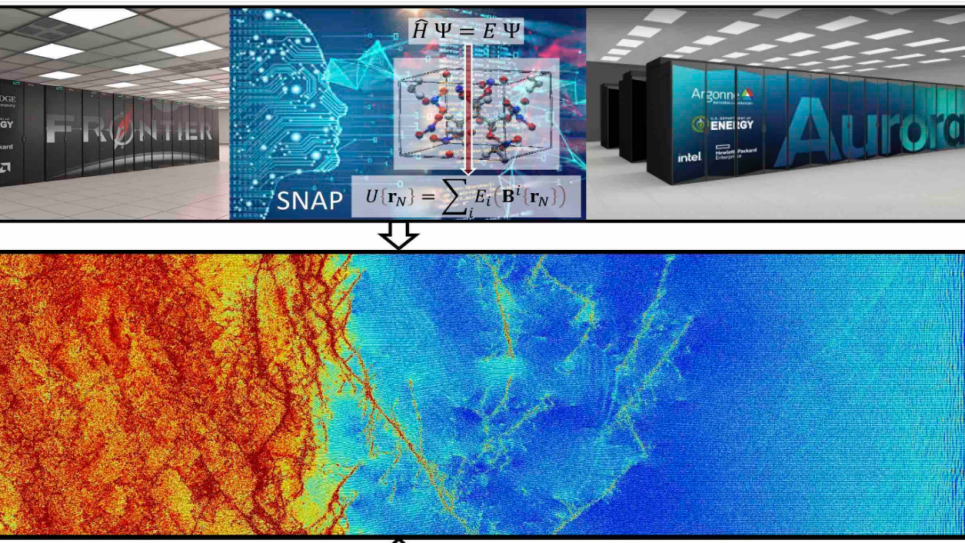
Expected transformative science impact of this INCITE project. A unique coupling of machine learning quantum accurate MD simulations on Exascale Frontier and Aurora with state-of-the art experiments at NIF/Omega will drive discovery science of carbon at extreme conditions.